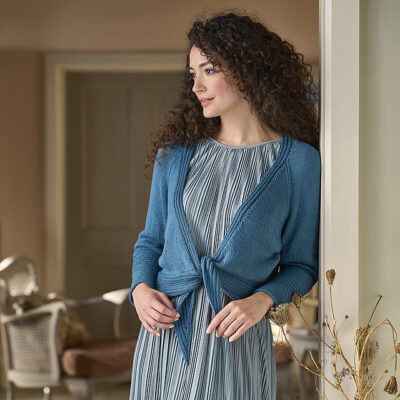Tech editing
Intro
Using a knitting pattern should be a straightforward and enjoyable process.
Ideally, patterns should be accessible to knitters of all levels, so instructions need to be concise (no-one wants to read through huge amounts of instructions!) yet also clear.*
When I started designing handknits (1980s) the opportunity to buy patterns was limited to leaflets produced by yarn companies, a few knitting magazines, books of designs, or vintage patterns (my favourite!).
Now, as well as these, there are many places to buy and sell pattern PDFs online – and in small independent yarn shops – which means budding (and established) knitwear designers have the chance to reach an audience with their original designs.
But designing is only half the story. The designs have to be translated into understandable patterns, which knitters will be able to use easily. Well-written and easy-to-use patterns will ensure that customers return again and again.
This is where a tech editor comes in. A tech editor’s job is to read through your patterns and check charts and schematics, spotting any ambiguities in the instructions, and weeding out those typos, grammar and spelling mistakes, and miscalculated numbers.
What I can offer
For over 40 years I have been designing knitwear – both hand and machine made. During that time I have created patterns for several well-known yarn companies and magazines; and for all types of garments and accessories (as can be seen on my Ravelry portfolio here), using a wide range of stitches and techniques. Every time I submit designs for publication to magazines I experiment with yarn and stitches, and garment shapes and construction. There are not many techniques I haven’t tried!
This means I have a deep understanding of all aspects of knitwear, and am able to apply this knowledge when reading a new knitting pattern.

A recent example of one of my designs (Bel Canto – The Knitter magazine Feb 2022), including raglan shaping on the armholes, and short-row shaping on the ties.
As well as designing I have also taught fashion knitwear design courses to students at further education level; have translated sketches into samples for Central St Martin’s and London College of Fashion students’ degree show;, and have lectured in Fashion History and Cultural Studies at degree level. This involved reading, marking, and correcting a lot of student essays!
I have also researched the history of knitting patterns for my Masters Degree dissertation (see note below).
All of this experience makes me ideally suited to offer my services as a knitting design consultant for the handknit pattern market- including design, pattern-writing, pattern-checking, tech editing and grading.
Tech editing
Since 2021 I have been employed on a freelance basis as a tech editor by The Knitter and Simply Knitting magazines.
I would now like to offer my services to independent knitwear designers, and would particularly welcome new designers who may need extra guidance.
How I Work
My standard tech editing service includes:
- proofreading the text of your pattern -making sure that spelling and grammar are correct; terminology is clear and consistent; instructions are clear and unambiguous; the instructions flow in a consistent and logical way.
- a detailed check of all the numbers – making sure stitch counts are accurate; size grading is correct; gauge/tension calculations match garment measurements.
- a check of terminology – making sure glossary is complete and consistently used; needle/hook and yarn information is clear and consistent
- yarn requirement calculation
- check the pattern is consistent with your own style**
I can also create charts from written instructions (and vice versa), and **advise on pattern layout/style.
Guide to timescale for basic tech edit
After I receive your pattern I will assess it and let you know how long I estimate it will take, and when you can expect it returned.
Obviously, the more information you provide, the quicker the check will be (and the less it will cost!) The pattern you submit should include any charts, schematics and photos, and a style sheet if you have one.
(For more detailed help with writing the pattern contact me for a free consultation).
(I can also offer grading on accessories and simple garments. As is the case with all grading services, this would then need checking by a second tech editor)
Rates
£25 per hour based on every 15 mins of work. Prices vary based on the complexity of the pattern.
Examples:
- Hats, scarves and cowls – approx. 1.5 -2.5 hrs for 3 sizes
- Socks and gloves – approx. 2 – 4 hrs
- Garments – approx. 3 – 8 hrs, dependent on size range
Please contact me by email at jennie@jennieatkinson.com for further information.
*From my research for my Masters Degree dissertation (Unravelling the Knitting Pattern – a history of it’s use, specifically for fashion clothing, 2007) I know that instructions have changed hugely over the last century. Whereas once they gave the minimum of guidance (knitting was taught in schools so widespread prior knowledge was expected, and there was also little choice in yarns and needles), nowadays patterns have to be very prescriptive, and recently the range of sizes has increased hugely. Limitations on space in magazines and books mean that instructions have to be condensed to a kind of shorthand – but this still needs to be understandable to knitters at all levels.
